Lenovo has a history of taking a sideways look at regular products and bringing new ideas into the market. Take the Yoga Tab 3 Pro with its built-in projector for example.
The new Yoga Book takes innovation a step further. It's a 10.1-inch tablet-sized device that opens up like a mini laptop. But where you might expect to see a physical keyboard there's a blank slab that caters for touch-based keyboarding and stylus input. Lenovo has produced versions of the Yoga Book for both Windows (£549.99 inc. VAT/$549) and Android (price TBC). I was sent a Windows unit to review.
Lenovo says the Yoga Book is a redefinition of the tablet, in which handwritten and typed input are seen as equally important and are equally catered for in hardware. To achieve this, Lenovo has implemented a digital keyboard and a Wacom-powered digitizing pad which share the same user area, which Lenovo calls the Create Pad.
Lenovo's Atom x5-powered Yoga Book offers a 10.1-inch touchscreen, a 360-degree hinge, a combined virtual keyboard/digitizer and a stylus.
Image: LenovoBoth Android and Windows versions of the Yoga Book look the same and have the same specifications. While Lenovo is clear that the Yoga Book is a tablet and not a laptop replacement, it's inevitable that the form factor and Windows 10 option will appeal to those seeking an ultraportable laptop.
If you're among them, you'll need to think carefully about the specifications, which are reasonable for a tablet, but underpowered for a laptop.
The Lenovo Yoga Book runs on an Intel Atom x5-Z8550 processor supported by 4GB of RAM, which will restrict it to low-level workloads. Knocking out a few documents and doing some web browsing should be fine, but don't expect this device to cope well with multiple browser tabs or handle compute/graphics-heavy tasks.
Top ZDNET ReviewsThe 64GB of internal storage might be a stretch for laptop users looking for a lightweight alternative to their current device, particularly as the available capacity was just 39.2GB on my review sample thanks to the pre-installed copy of Windows 10 Pro.

The 9.6mm-thick Yoga Book has Micro-USB and Micro-HDMI ports, a 3.5mm audio jack and a MicroSD card slot.
Image: LenovoPorts and connectors are on the sparse side for traditional laptop users too. There's just a single Micro-USB port for charging and connecting external kit, plus a Micro-HDMI connector for an external monitor or projector. The USB connector is not Type-C, which some might see as an oversight on such a forward-looking device. Still, it does mean that legacy external storage devices can be used -- I had no trouble working to and from a portable hard drive, for example. There's also a MicroSD card slot to expand storage capacity plus a headset jack, and that's your lot.
The design and build quality of the Yoga Book are both impressive. The magnesium alloy chassis is reasonably solid, although it's possible to flex both sections, the lid being slightly more bendable than the base.

The Yoga Book's 400-nit 10.1-inch IPS screen delivers excellent image quality at 244ppi (1,920 x 1,200 pixels).
Image: LenovoExtremely thin and light at 256.6mm wide by 170.8mm deep by 9.6mm thick (10.1" x 6.72" x 0.38"), the Yoga Book drops into the pocket of a bag very neatly. Weighing just 690g (1.52lbs), it's no problem to carry around from place to place.
There is an air of the ThinkPad Carbon X1 about the general look and feel of the Yoga Book, with a smattering of Lenovo Yoga 900 thanks to its 360-degree hinge. This is a feat of engineering, as it has been redesigned for the Yoga Book into a smaller, three-axis version that's more compact than previous versions.

A 'watchband'-style 360-degree hinge supports multiple usage modes.
Images: LenovoThe hinge rotates very smoothly and holds the screen firmly at whatever angle is most convenient. I had none of the qualms I usually have with fully rotating laptops about damaging the keyboard when holding the device with the screen facing outwards, because there isn't a keyboard to damage. The 690g weight does mean that some may find extended one-handed use challenging, but the hinge means it's easy to set the device down at a good viewing angle if two hands aren't available.
The 10.1-inch IPS touchscreen has a resolution of 1,920 by 1,200 pixels (244ppi) and delivers a sharp, bright picture with good viewing angles. We found it perfectly adequate for web browsing and video viewing.
The Create Pad, which occupies the space where you'd usually expect to see a physical keyboard, is much more interesting. This is the 'business end' of the Yoga Book -- the element that will make or break it as a device.
The Create Pad is flat, smooth and dark when the Yoga Book is opened up, with just a very pale impression of a keyboard visible. Power up and this illuminates to depict a standard keyboard. The actual configuration varies depending on whether the Yoga Book is running Windows 10 or Android. My Windows 10 Yoga Book offered the usual range of QWERTY keys, cursor keys, Fn keys and a touchpad with mouse button strips to its left and right.

The virtual keyboard can deliver both haptic and audio feedback as you type.
Image: LenovoThe keyboard can deliver haptic feedback and audio touch tones as it is typed on. Both are easily toggled in system settings (on both the Windows and Android versions of the Yoga Book). Even having just one of these switched on is noisy and will be unacceptable in quiet offices or other workspaces. Yet I found having one or other turned on vital to ensure typing accuracy.
Working without any feedback slowed my typing pace to around two-thirds of its usual speed in order to approach 100 percent accuracy. Possibly with a longer acclimatisation period I might get up to full-speed typing without feedback, but it's a bit concerning that what's usually second nature required a fair bit of adjustment. I'm sure some people will adjust more quickly to using a digital keyboard all the time, but equally some will find it trickier than I did.

The pressure-sensitive (2,048 levels) Real Pen gives creative type plenty of scope to express themsleves.
Image: LenovoGiven the keyboarding issues, a lot rests on the added value provided by pen support. A long press on a pen icon sitting above the keyboard on the Create Pad disables the keyboard and returns it to a smooth, black slab. Now the provided stylus can be used, interfacing with a Wacom digitizing pad that sits under the keyboard layer. This supports 2,048 levels of pressure sensitivity.
The stylus worked flawlessly, with drawn and written input appearing on screen in real time. The Wacom layer does a great job of ignoring anything that's not the pen, be it a wrist or a finger that's attempting to write something. That's good news, and finger-input is easily made direct to the screen.

You can write with real ink on real paper using optional stylus nibs and the Book Pad, generating a digital copy the same time.
Image: LenovoLenovo provides a range of replacement tips for the stylus, and you can also purchase ink nibs if you want to keep a written record as well as a digitized one. Lenovo provides a small paper-holder called the Book Pad, which affixes to the Create Pad by magnets and can be refilled with any paper. Draw or write onto the paper, and the Yoga Book captures the input digitally while a paper copy is also produced. You can't close the Yoga Book with the Book Pad in place, and over-energetic attempts to do so might end up damaging the device.
There is a plus in that the stylus doesn't need charging, but a minus in that there's no housing for it on the Yoga Book itself. To be fair, it's way too thick to expect a housing to be provided, but still, that means anyone wanting to use it will need to ensure it is kept handy. Sadly absent from the gamut of stylus-friendly services onboard the Yoga Book is conversion of handwritten input to editable text.
Lenovo has given the Yoga Book an 8,500mAh battery, which delivers a claimed 13 hours for the Windows model and 15 hours for the Android model. After a typical morning's use testing the former, the battery went from a full charge to 77 percent, at which point the device informed me there were 7 hours 32 minutes remaining, so at least you should get a full day's work from it on battery power.
ConclusionsLenovo's ambition with the Yoga Book is impressive. It certainly is a reinvention of the tablet format, and the idea of combining a virtual keyboard and a drawing surface is really interesting. The hardware design is superb, and battery life is good too.
That said, I'm not yet convinced that the digital keyboard is as good as physical alternatives, which will be a significant issue for some. I'll certainly need to use the Yoga Book for a longer period to see how well I adjust to the keyboard. That said, this is definitely an idea with great potential, and if Lenovo has a line of Yoga Book devices in the pipeline, I'm keen to see how this innovative idea progresses.
Read more reviews
Source: Lenovo Yoga Book review: Innovative tablet/laptop hybrid with combined virtual keyboard and digitizer
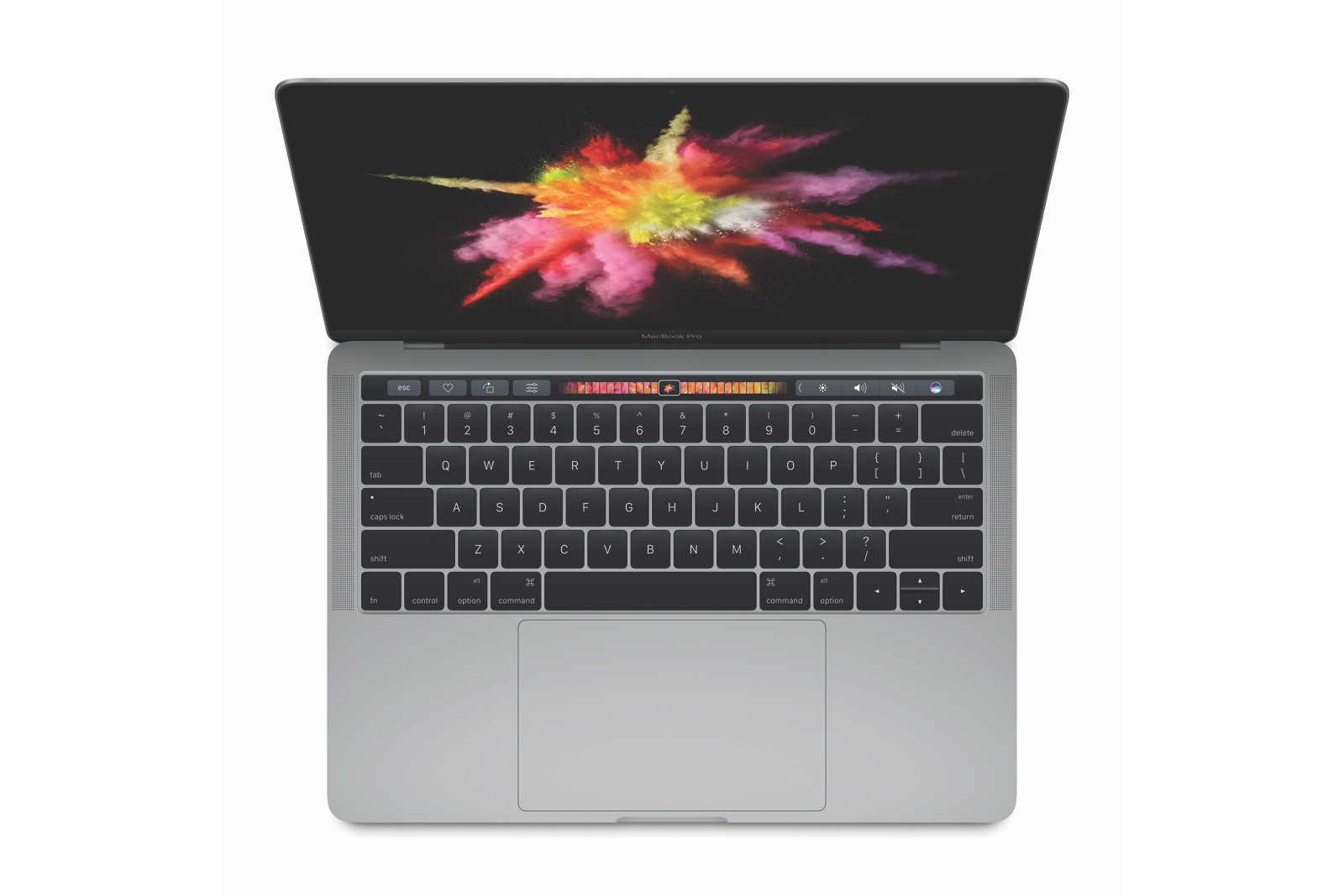
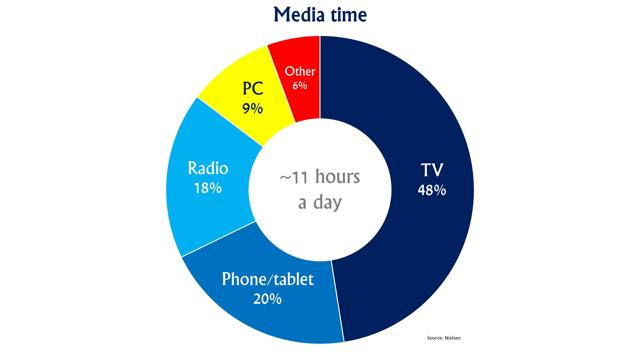 Click to enlarge
Click to enlarge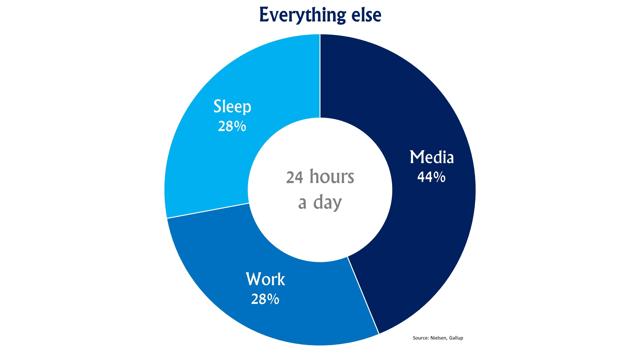 Click to enlarge
Click to enlarge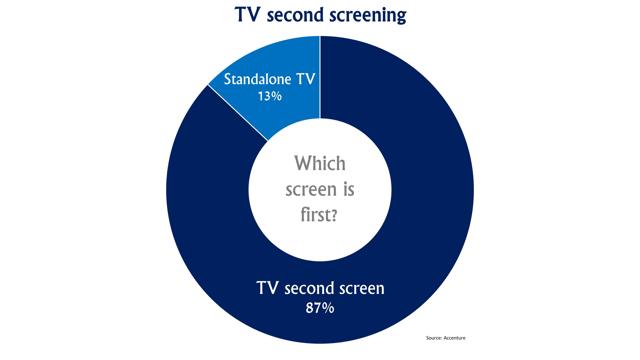 Click to enlarge
Click to enlarge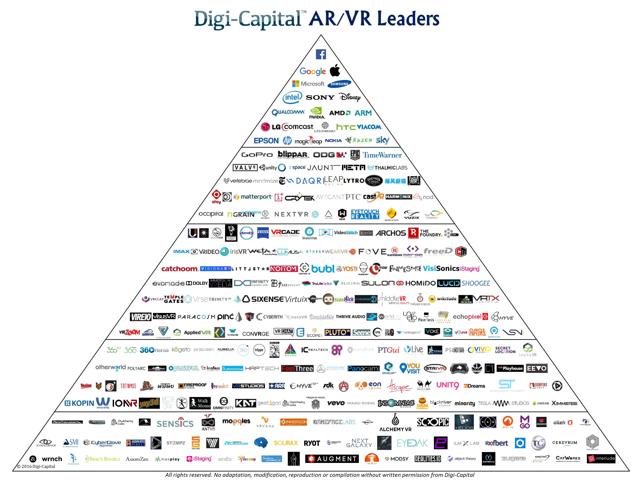 Click to enlarge
Click to enlarge

 Last month, Heather Bresch as CEO of Mylan went through a pretty harsh Congressional hearing to explain the skyrocketing prices of the EpiPen, Mylan's signature product. The price increases have left many without access to epinephrine, vital for people with allergies going into anaphylactic shock. During the hearing, representatives voiced concerns that Mylan has control over the market as competitors have a hard time going past EpiPen's patented design — so most offered alternatives, which relied on other types of auto-injectors, never got approved (you can be a pirate and make your own — but be warned if done incorrectly this may be fatal).
Last month, Heather Bresch as CEO of Mylan went through a pretty harsh Congressional hearing to explain the skyrocketing prices of the EpiPen, Mylan's signature product. The price increases have left many without access to epinephrine, vital for people with allergies going into anaphylactic shock. During the hearing, representatives voiced concerns that Mylan has control over the market as competitors have a hard time going past EpiPen's patented design — so most offered alternatives, which relied on other types of auto-injectors, never got approved (you can be a pirate and make your own — but be warned if done incorrectly this may be fatal).
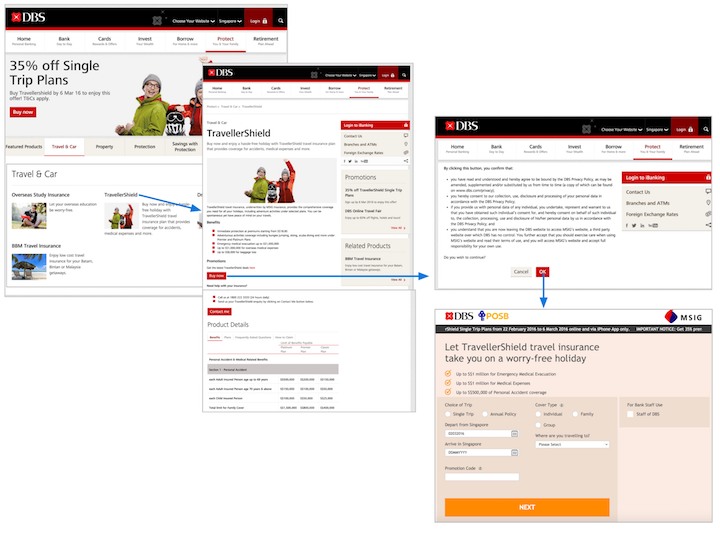 On the DBS website, users navigate to the insurance-product page where they can read about the policy before getting a quote.
On the DBS website, users navigate to the insurance-product page where they can read about the policy before getting a quote.  The DBS tablet application hides policy information and directs users to the quote form.
The DBS tablet application hides policy information and directs users to the quote form.  In order to read information about the insurance policy on the tablet application, users must discover the details in the Key Benefits section.
In order to read information about the insurance policy on the tablet application, users must discover the details in the Key Benefits section. 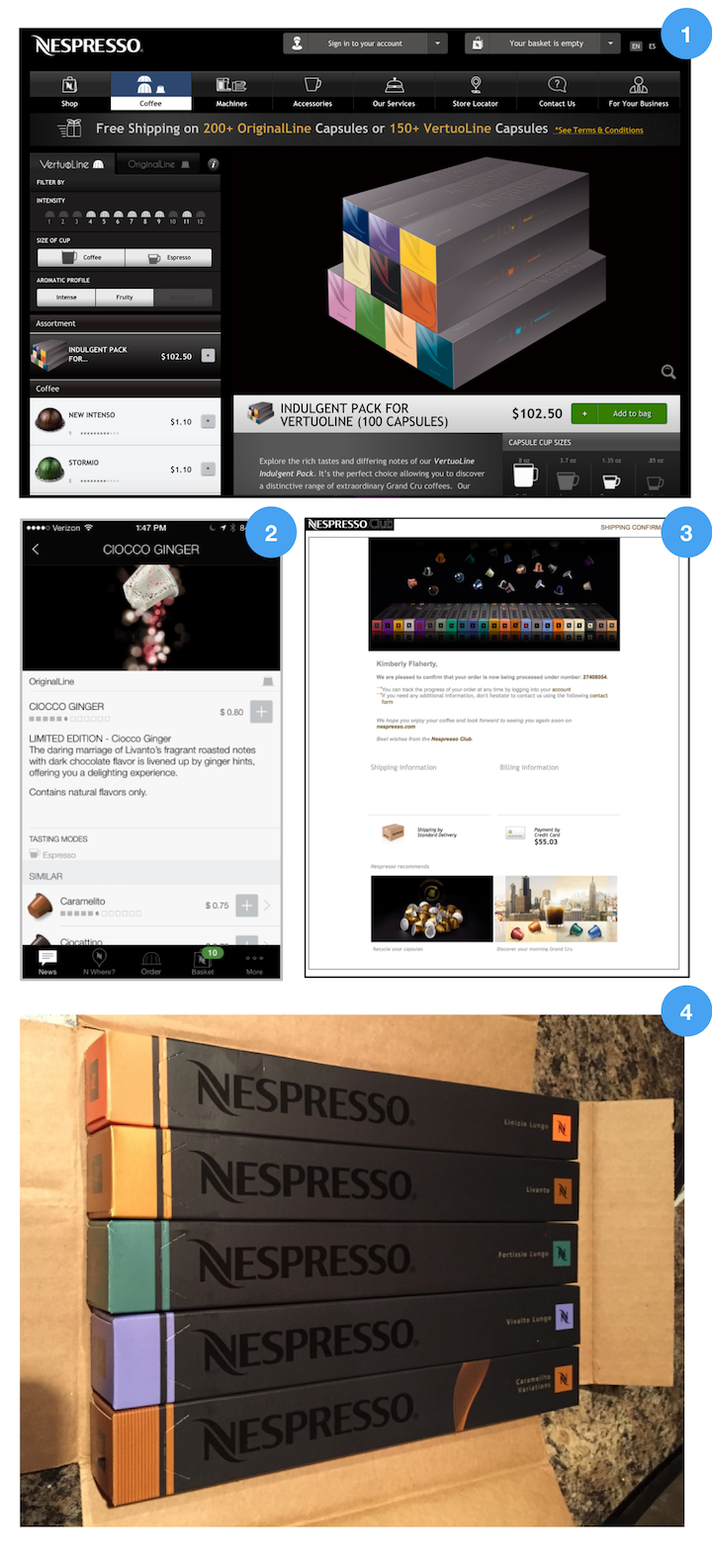 Nespresso's visual design is consistent and cohesive across every channel: (1) The desktop website shows a graphic of the product packaging. (2) The mobile app uses has the same color palette and images of the coffee pods as on the desktop. (3) The the order confirmation email tells the same visual story. (4) Finally, when the coffee arrives at your door, it looks just as it did at every touchpoint of the customer's journey, a perfect ending to the visual story.
Nespresso's visual design is consistent and cohesive across every channel: (1) The desktop website shows a graphic of the product packaging. (2) The mobile app uses has the same color palette and images of the coffee pods as on the desktop. (3) The the order confirmation email tells the same visual story. (4) Finally, when the coffee arrives at your door, it looks just as it did at every touchpoint of the customer's journey, a perfect ending to the visual story.  Marriott Hotels website booking experience
Marriott Hotels website booking experience  The booking flow on the Marriott Hotels' tablet application has a different look-and-feel than the desktop site
The booking flow on the Marriott Hotels' tablet application has a different look-and-feel than the desktop site